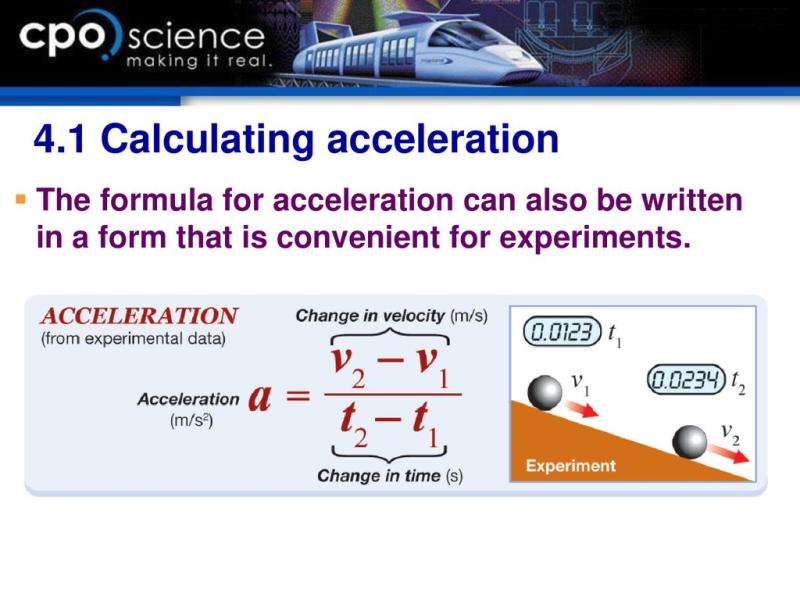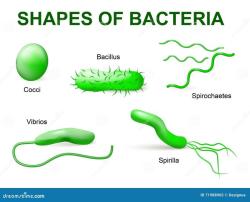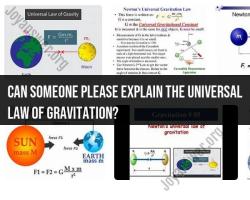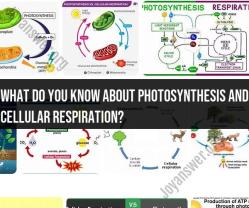Which formula is used to calculate acceleration?
Acceleration is calculated using the following formula:
where:
- is the acceleration,
- is the change in velocity,
- is the change in time.
In words, acceleration is the rate of change of velocity with respect to time. If an object's velocity changes, either by speeding up, slowing down, or changing direction, it is experiencing acceleration. The unit of acceleration in the International System of Units (SI) is meters per second squared ().
Understanding motion: Which formula is used to calculate acceleration?
The formula for acceleration is:
a = Δv / Δt
where:
- a is acceleration in meters per second squared (m/s²)
- Δv is the change in velocity in meters per second (m/s)
- Δt is the change in time in seconds (s)
Explanation of the acceleration formula and its application in physics
Acceleration is the rate of change of velocity. It is a vector quantity, meaning that it has both magnitude and direction. The magnitude of acceleration is measured in meters per second squared (m/s²). The direction of acceleration is the same as the direction of the change in velocity.
The acceleration formula can be used to solve a variety of problems in physics. For example, it can be used to calculate the acceleration of a car as it accelerates from 0 to 60 miles per hour, or the acceleration of a falling object.
Here is an example of how to use the acceleration formula:
A car accelerates from 0 to 60 miles per hour in 10 seconds. What is the acceleration of the car?
Δv = 60 mph - 0 mph = 60 mph
Δt = 10 s
a = Δv / Δt = 60 mph / 10 s = 6 mph/s
Tips for solving problems and conducting calculations related to acceleration
Here are a few tips for solving problems and conducting calculations related to acceleration:
- Make sure to convert all units to SI units before doing any calculations. SI units are the standard units used in physics.
- Be careful with signs. Acceleration can be positive or negative, depending on the direction of the change in velocity.
- Use the correct conversion factors. For example, to convert from miles per hour to meters per second, you would use the following conversion factor:
1 mph = 0.44704 m/s
- Draw a diagram. This can help you to visualize the problem and to identify the relevant forces and velocities.













